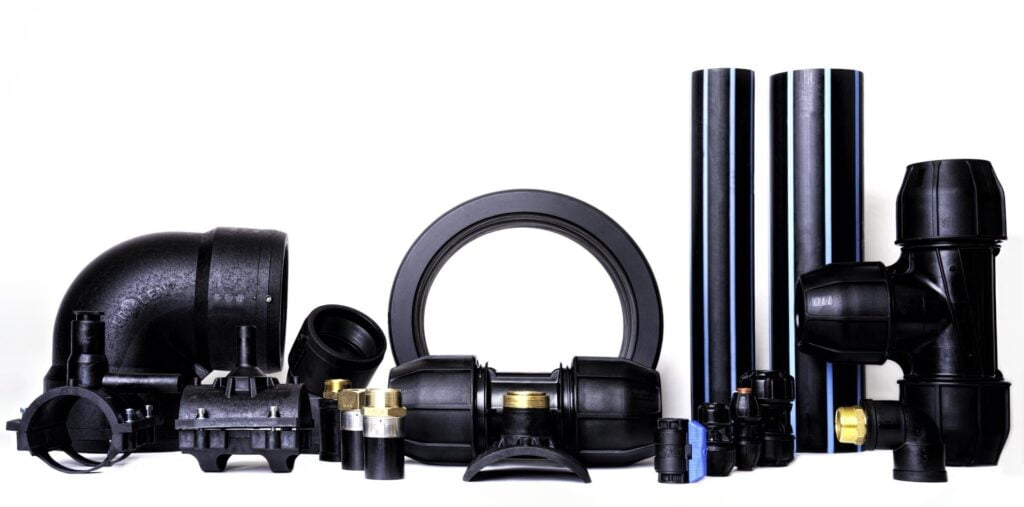Polyethylene (PE) pipes are widely used in various applications due to their corrosion resistance, lightweight nature, and ease of installation. Connecting these pipes correctly is essential for ensuring a leak-free and durable system, whether for water supply, irrigation, or gas distribution. This article will delve into the methods and best practices for connecting PE pipes, highlighting essential tools, techniques, and considerations to achieve optimal results.

Understanding Polyethylene Pipes
Before diving into the connection methods, it is crucial to understand the characteristics of PE pipes. Polyethylene is a flexible thermoplastic that comes in various grades, making it suitable for different pressure requirements and environments. The most common types of PE pipes include:
- PE80: Generally used in low-pressure water supply and irrigation systems.
- PE100: Designed for higher pressures and is often used in gas distribution networks and long-distance water supply systems.
PE pipes are available in various diameters, and their compatibility with different fittings often dictates the connection method used.
Connection Methods
There are several methods to connect PE pipes, each with its advantages and applications. The most common methods include:
- Electrofusion Welding Electrofusion welding involves the use of specially designed fittings that have built-in heating elements. This method is ideal for joining PE pipes of the same diameter and is widely used in both water and gas applications. Procedure:
- Clean the Pipe Ends: Ensure that the surfaces to be joined are clean and free from dirt, dust, or moisture.
- Prepare the Fitting: Place the electrofusion fitting on one of the pipe ends, aligning it properly.
- Insert the Pipes: Push the pipe ends into the fitting to the appropriate depth.
- Weld the Joint: Connect the electrofusion machine to the fitting and set it to the required temperature and welding time based on the manufacturer’s specifications. Ensure that the joint cools properly before handling. Advantages:
- Provides strong, watertight connections.
- Suitable for larger diameters and complex piping arrangements.
- Butt Fusion Welding Butt fusion is another common method for connecting PE pipes, especially for larger sizes. This technique involves heating the ends of two pipes and pressing them together to form a permanent joint. Procedure:
- Prepare the Pipe Ends: Cut the ends of the PE pipes to be joined smoothly and squarely, ensuring they are clean.
- Heat the Pipe Ends: Using a butt fusion machine, heat the ends of the pipes until they reach the appropriate fusion temperature.
- Join the Pipes: Once heated, bring the two ends together with controlled pressure to create the joint.
- Cooling: Allow the joint to cool undisturbed for at least 30 minutes to ensure a strong bond. Advantages:
- Ideal for large-diameter pipes and long runs.
- Produces strong joints with excellent long-term performance.
- Mechanical Fittings Mechanical fittings are a versatile option for connecting PE pipes where fusion methods may not be suitable. These fittings can accommodate changes in direction and diameter while providing reliable connections. Procedure:
- Select the Appropriate Fitting: Choose fittings that match the diameter and type of PE pipe.
- Prepare the Pipe Ends: Clean and align the ends of the pipes as necessary.
- Install the Fitting: Attach the mechanical fitting according to the manufacturer’s instructions, ensuring tight seals are created.
- Tighten Bolts/Screws: For compression fittings, tighten the bolts or screws to create a secure connection. Advantages:
- Easy to install and remove if necessary.
- Less dependent on power sources than fusion methods.
Best Practices for Connecting PE Pipes
To ensure the longevity and effectiveness of PE pipe connections, follow these best practices:
- Use the Right Tools: Invest in high-quality tools designed for PE pipe connections. This includes fusion machines, pipe cutters, and fitting clamps.
- Follow Manufacturer Guidelines: Always adhere to the guidelines provided by the pipe and fitting manufacturers, particularly regarding temperature, pressure limits, and joint preparation.
- Conduct Pressure Testing: After installation, conduct pressure tests to identify any leaks or weak points in the system.
- Allow for Expansion and Contraction: PE pipes can expand and contract with temperature changes. Ensure there is adequate allowance in the system to accommodate this movement.
- Regular Maintenance Checks: Periodically inspect joints and connections for wear, damage, or leaks, particularly in underground installations.
Conclusion
Connecting PE pipes requires careful consideration of the chosen method, adherence to best practices, and the right tools. Whether opting for fusion techniques or mechanical fittings, understanding the properties of polyethylene and the environment in which the pipes will be used is essential for achieving a robust and efficient piping system. By following the guidelines outlined in this comprehensive guide, professionals can ensure reliable connections that stand the test of time, ultimately leading to successful project outcomes. dcpipe-piping system expert

